Adult acne & Blemishes: Understand the Causes
26th Jun 2024

- Acne isn't only about oily skin. It involves the hair follicle and oil gland units that open to the surface (which we know as our pores) all over our skin.
- Not all sebum (oil) is the same. Normal, healthy sebum is an essential part of keeping our skin healthy. But the type of sebum produced when we get acne tends to be thicker and stickier than normal sebum. This can contribute to clogged pores when it combines with dead skin cells, as it causes whiteheads and blackheads – the precursors of pimples.
- Acne is also a complex inflammatory process. The blocked pores trigger the body's immune response, leading to redness, swelling, and the formation of pimples and nodules. It’s also the perfect breeding ground for bacteria. If that enters the mix, you get pustules.
- Overproduction of sebum by sebaceous glands
- Clogged pores with sebum and dead skin cells trapped beneath the skin surface
- Oxidation and discoloration of clogged sebum and dead skin cells in open pores
- Bacterial infection by Cutibacterium acnes (C.acnes) in clogged pores, leading to inflammation
- Severe infection and deep inflammation.
- Hormonal imbalances
- Severe infection and inflammation with pus, formed deep within hair follicles.
- Hormonal fluctuations
- A healthy gut microbiome helps to regulate inflammation and maintain skin balance (homeostasis). The studies propose that an imbalance in gut microbiota, often due to poor diet, stress or antibiotic use, can lead to systemic inflammation and altered immune responses, contributing to acne.
- The skin's microbiome, composed of beneficial bacteria, also plays a crucial role in protection against acne-causing pathogens (germs).
- American Academy of Dermatology: Skin Conditions by the Numbers
- Clin Cosmet Investig Dermatol.: “Adult-onset acne: prevalence, impact, and management challenges.” 2018. doi: 10.2147/CCID.S137794.
- J Womens Health: “Acne vulgaris in women: prevalence across the life span.” 2012. doi: 10.1111/jdv.12757.
- Exp Ther Med.: “Adult female acne: Clinical and therapeutic particularities” (Review). doi: 10.3892/etm.2021.11074.
- Microorganisms.: “Acne, Microbiome, and Probiotics: The Gut–Skin Axis.” 2022. 10.3390/microorganisms10071303
We often think of acne as a major cause of teen skin distress, but the reality is that acne can persist or even develop into your 30s, 40s and beyond, and it can have a big impact on the sufferer’s self-esteem and quality of life.
Understanding the types of acne and underlying causes at your stage of life can help you find effective treatment and prevention strategies for a clear, blemish-free skin.
.
Adult acne affects up to 55% of women
and 40% of men over age 25
Types of Acne
We all know that acne starts with oily skin. However, it's an interesting fact that not all oily skin develops blemishes and acne. Why is that? Here’s what you need to know:
What Is Your Acne Type?
Remember, you may have a combination of these:
| TYPES OF ACNE | CHARACTERISTICS |
CAUSES |
|---|---|---|
|
Oily Skin STAGE Mild |
|
|
|
Whiteheads (closed comedones)
STAGE |
Small, white or flesh-coloured spots with closed surface |
|
|
Blackheads (open comedones)
STAGE |
Small, dark-coloured spots; where the open pore is clogged with sebum |
|
|
Pimples (pustules)
STAGE |
Red, inflamed bumps; may contain pus (pustules) |
|
|
Nodular Acne (blind pimples)
STAGE |
Hard, painful lumps under the skin |
|
|
Cystic Acne
STAGE |
Large, painful, pus-filled cysts deep within the skin |
|
Best acne treatment advice
Don’t delay in taking action. You need to prevent this escalation cycle to more severe forms by addressing the signs early.
If you identify and struggle with nodular or cystic acne, please see a dermatologist as soon as possible, to get personalised medical advice and treatment options.
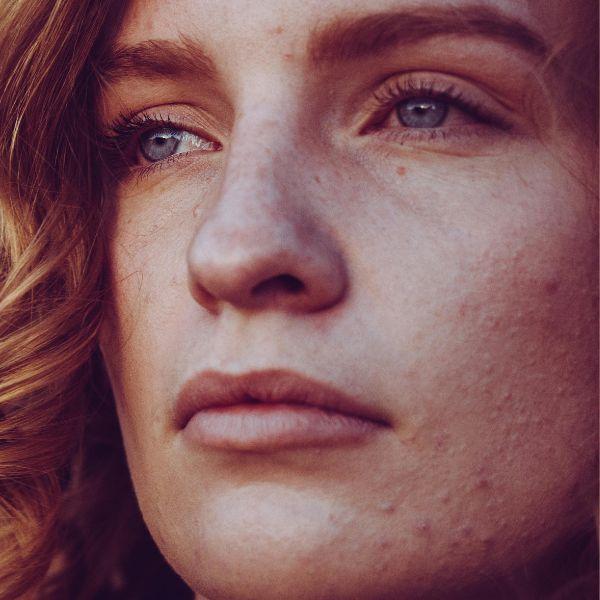
Typical adult acne presentation. Image: Pexels.com/Tembela Bohle
Your Life Stage and Acne Causes
Hormonal influence and a family history of acne are major causes of acne, but other factors also come into play.
Understanding the type of acne you’re dealing with is crucial for effective treatment.
Teen acne affects 85% of adolescents because of hormonal changes during puberty.[1] Increased production of androgens (testosterone, the so-called ‘male’ hormone both males and females produce) stimulates sebum production. Many teens who are acne-prone will also experience adult acne, unfortunately.[2,4]
Adult acne is more complex and becoming increasingly common.[2,4] Some studies show that some form of facial acne affects up to 55% of women and 40% of men over the age of 25.[1,2,3]
Hormonal fluctuations that occur with menstrual cycles, pregnancy, and hormonal contraceptive use can influence the hormone levels that result in acne.
Hormone disorders are also a trigger. Acne is a big factor in polycystic ovarian syndrome (PCOS).
And some women have normal hormone levels but are hypersensitive to androgen hormones, which sets off acne. [2,4]
Stress – even the day-to-day stress of juggling a work/life balance when raising a family – is another acne trigger, linked to an increase in the ‘stress’ hormone cortisol.[3]
It is often accompanied by increased sensitivity and redness, and post-inflammatory hyperpigmentation. [2]
Menopausal acne is largely influenced by a decrease in oestrogen levels and a relative increase in androgens, so you can still be prone to acne even as your skin becomes drier with age.
Tip: There's an easy way to tell if it’s hormonal acne. It will usually appear on the lower third of your face, especially your jawline and chin. It manifests as painful nodular pimples deep in the skin. It often won’t form a head, so you shouldn’t try to extract it as you could end up with bad scarring and infect the surrounding skin.
.
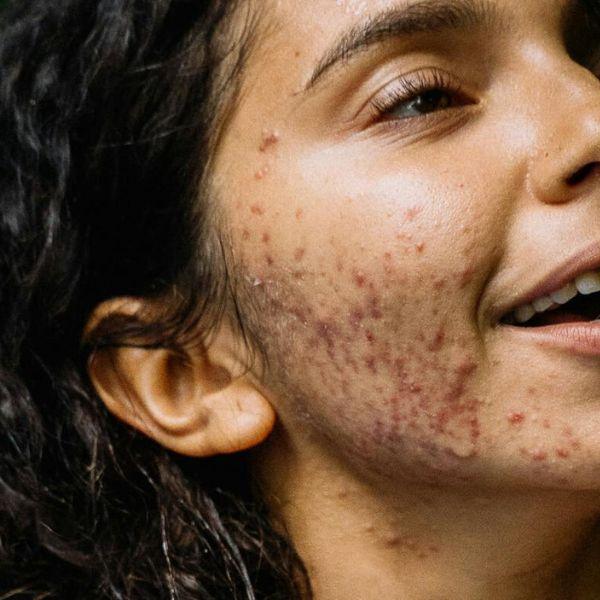
Severe cystic acne with post-inflammatory hyperpigmentation. Image: Pexels.com/Anna Tarazevich
Other Causes of Acne
Skincare habits: Poor skin hygiene, using harsh products that strip the protective barrier, and using comedogenic (pore-clogging) skincare and make-up products are acne triggers.
Diet: While the diet/acne relationship is complicated and varies from person to person, high-glycaemic foods (including fast, highly processed food, white bread, baked goods, sugary cereals and drinks), dairy products, and certain other foods have been linked to acne in some studies.[4]
Your gut health and skin microbiome: Recent research has highlighted a strong connection between gut health and the skin microbiome – the so-called gut-skin axis, revealing their impact on acne development. [4,5]
This means that maintaining a balanced diet rich in probiotics and prebiotics can support both gut and skin health, potentially reducing acne severity.
Medications: Certain medications, such as corticosteroids and lithium, can cause or worsen acne.
Environmental Factors: Pollution and humidity are also shown to contribute to the clogging of pores.
Smoking!
Sports-related acne: Tight clothing and helmets that trap sweat and bacteria and clog pores are culprits. If you develop acne where there is skin contact with these clothing items, ensure they are clean, and try to swap for another style.
.
Don’t delay in taking action.
Time is necessary for improvement
Next step: Treat Your Acne The Right Way
Now that you understand the type of acne your dealing with, and what is causing it, you’re well set to get the treatment you need. Remember, even the most severe acne will improve if you take the right steps to rehabilitate your skin. We recommend reading Acne & Blemishes: Do’s and Don’ts for Acne-Free Skin.
To get you started on the right treatment track…
.Help prevent acne: our gentle and effective Shine Balance Essentials Kit will help to balance sebum production, keep excess shine under control and restore the skin microbiome, helping to prevent acne. The kit includes our mild, exfoliating Youth Activating Cream Cleanser, skin soothing and priming Youth Activating Essence, and lightweight, oil-free microbiome-nurturing Youth Activating Microemulsion.
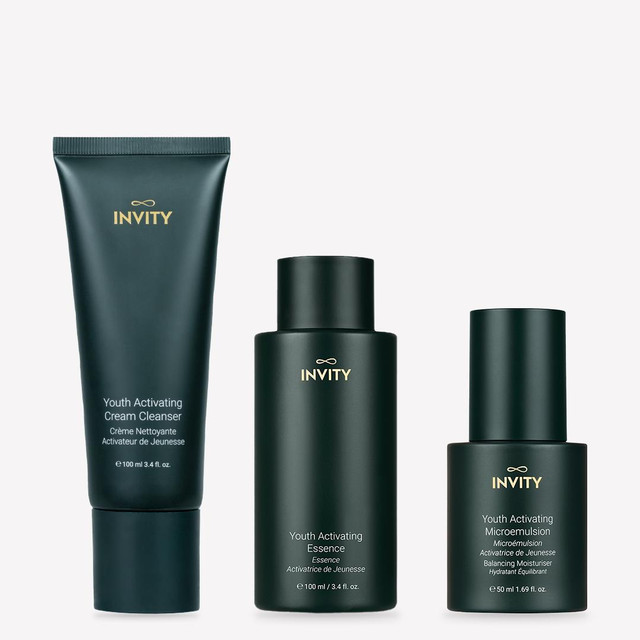
.
Treat acne and prevent future breakouts: Check out our Spotless Glow Essentials Kit, with our Youth Activating Exfoliating Serum that’s so gentle even people with sensitive and rosacea-prone skin can use it. Mandelic and polyhydroxy acid (PHA), mastic gum and botanical ingredients deliver long-term exfoliation, regulate sebum production, and promotes skin renewal.
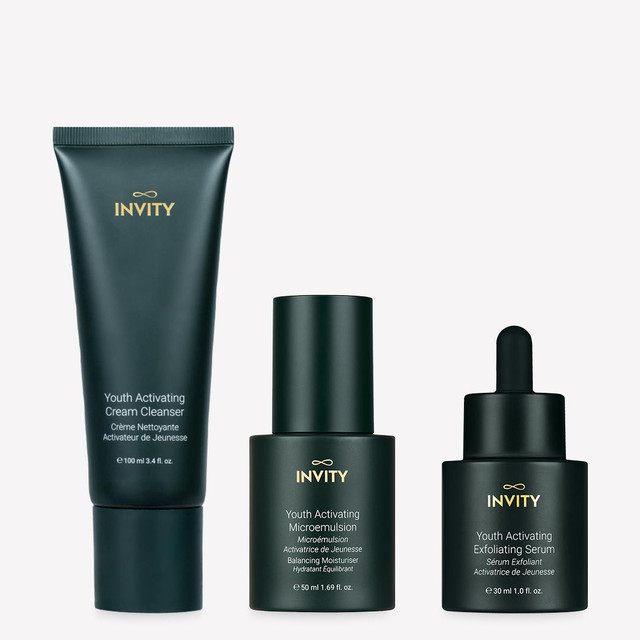
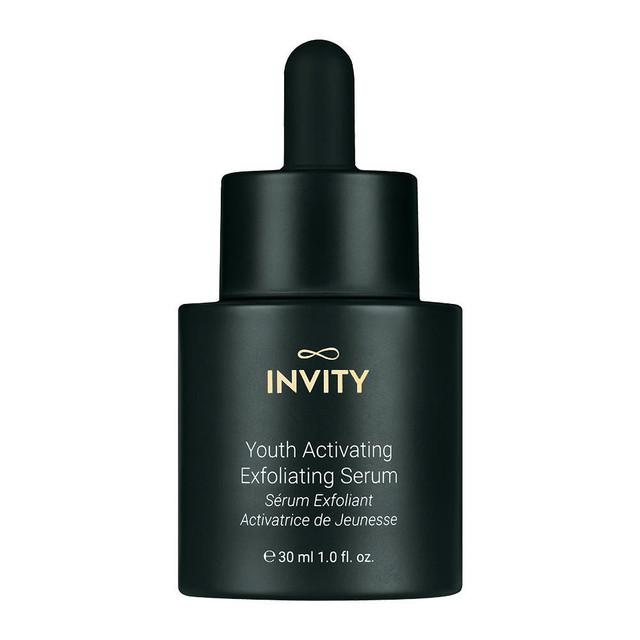
Here’s to blemish-free, happy skin!